Cell and Gene Therapy Bioassay – A Prerequisite for the ATMPs Development
Roots Analysis
NOVEMBER 30, 2021
Bioassay – A Prerequisite for the Cell and Gene Therapy Development. Therefore, increase in development of cell and gene therapy domain has led to the rise in demand of bioassay services for cell and gene therapy. Bioassays are biochemical procedures that are used to evaluate the potency, purity and efficacy of a drug substance.

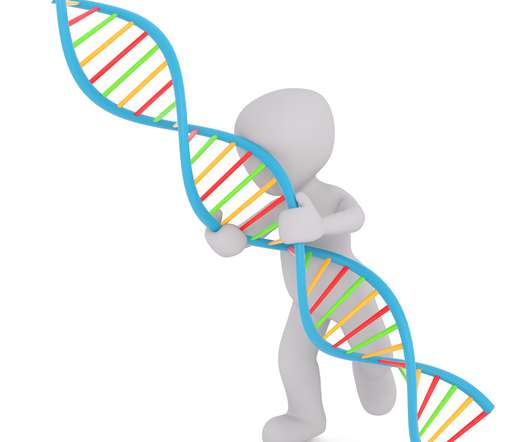
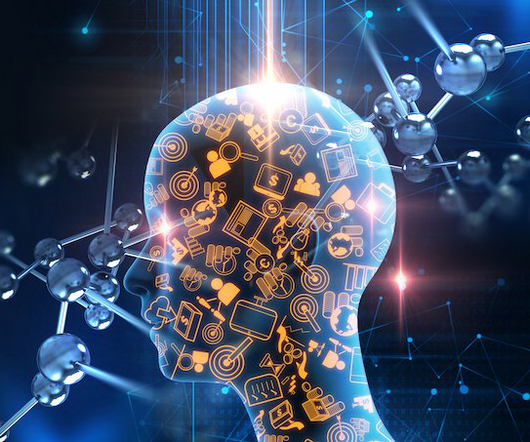
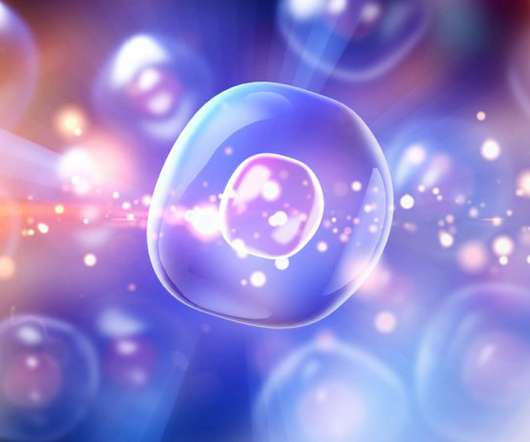

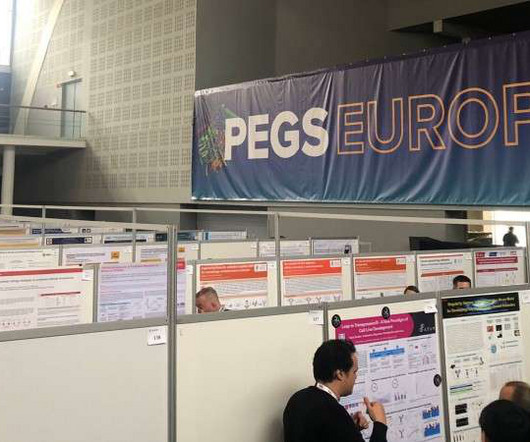
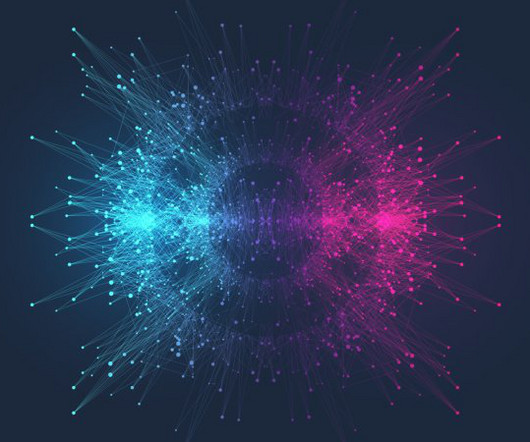
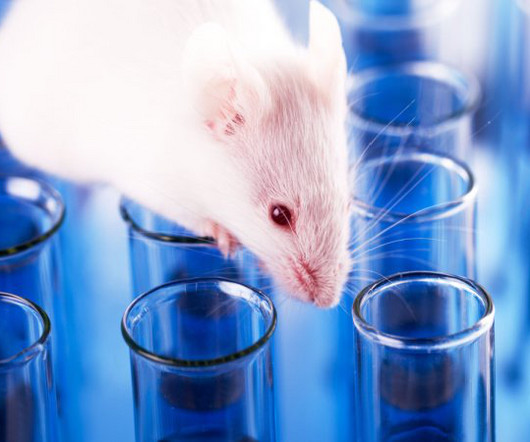








Let's personalize your content